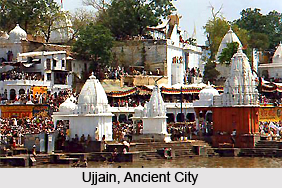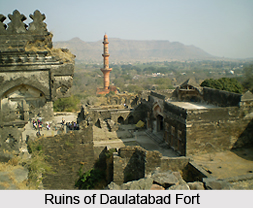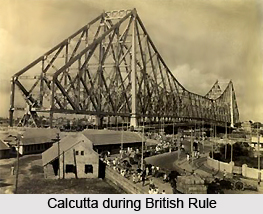 Indian historical cities play a key role in exploring the Indian history. Being the witnesses of different historical eras these cities sketches an enticing portrait of the history of the country. A number of monuments, some intact and some in ruins, stand in these cities which gives an idea about the art and culture prevailing in the region in different periods. As these cities evolved over time, they carried with them permanent imprints of the cultural as well as social aspects which are still evident in some form or the other. Though these Indian historical cities have undergone major transformations over time, they still house the relics of past with gives a clear picture of the country in historical times.
Indian historical cities play a key role in exploring the Indian history. Being the witnesses of different historical eras these cities sketches an enticing portrait of the history of the country. A number of monuments, some intact and some in ruins, stand in these cities which gives an idea about the art and culture prevailing in the region in different periods. As these cities evolved over time, they carried with them permanent imprints of the cultural as well as social aspects which are still evident in some form or the other. Though these Indian historical cities have undergone major transformations over time, they still house the relics of past with gives a clear picture of the country in historical times.
Ancient Indian Cities
Ancient Indian cities provide a glimpse of the civilization and lifestyle of ancient India. The culture, customs, rituals and festivals that prevailed in these cities have contributed a lot in shaping up the society of modern India. Archaeological remains and historical accounts of these cities unfold the ancient history of India which throws light on the well planned and organized cities that existed in the country ages ago. For various reasons, many of these cities got destroyed, eventually lost their identity or acquired a new visage over time. Aror is situated at the bank of Indus River and in ancient times served as the prime centre of trade and commerce. Kannauj was ruled by a number of rulers in olden times. Kalpi, situated in Uttar Pradesh is famed for being the place where sage Ved Vyas was born. Bhinmal was once the capital of ancient Gujarat whereas Tamralipta, in West Bengal, is another ancient city which is presently known as Tamluk. Dwaraka is known to be the home of Lord Krishna and Ujjain is an ancient city associated with Indian mythology. Kalibangan town located in Uttar Pradesh is considered to be an important city of Indus valley civilization. In addition to these, other ancient cities of India include Bairat, Sravasti, Sagala, Sitanagaram, Hansi, Kumbhoj, Urayur, Bayana, Chunar, Tirunelveli, Kalinjar, Vallabhi, Paithan, Kurukshetra, Agroha and Sopara.

Medieval Indian Cities
Medieval Indian cities developed and gained prominence in the medieval era. Apart from narrating the medieval history of India, these cities have also played a key role in enriching the cultural heritage of the country. Pataliputra, which is the modern day Patna, was the centre of a number of Indian rulers namely Guptas, Palas, Sungas and Mauryans. Several archaeological surveys have been carried out in this city, which have furnished considerable historical records but much of its history is still buried. Belur was the capital of Hoysala Empire and numerous monuments stand in this medieval town which showcases the excellent medieval architecture of India. The city of Bangalore also flourished in medieval times and was the centre of many south Indian kingdoms viz. Vijayanagar Empire, Rashtrakutas, Chalukyas, Hoysala, Tuluva dynasty etc. Mysore was the centre of Wodeyar dynasty, who have a great contribution in making the place as the cultural capital of Karnataka. In the year 1494, Ahmednagar was formed whereas in 1639, Mughal Emperor Shah Jahan built the city of Shahjahanabad. Apart from these, other significant medieval Indian cities are Daulatabad, Delhi, Charaideo, Orchha, Anandpur, Amritsar, Bijapur, Chandragiri, Hampi, Konark, Midnapore, Vijayawada, Gujranwala etc.

Modern Indian Cities
With the advent of British Empire in India, urbanization paved its way in India. A number of modern cities developed and flourished during this period of time, adorned in a completely modern visage. Several buildings and monuments were constructed in this era and the cities were planned and organized in a modern way. Delhi was made the capital of the country by Government of British India in early 1900s. Being situated in the northern India, British India felt that the administration of India can be better controlled from Delhi. Secunderabad was established as a British cantonment after the defeat of the Hyderabad Nizam Asaf Jah II by the British in 1806. Historical records show that Calcutta came into prominence in 1690 with the advent of British East India Company. The city was developed mainly with the aim of augmenting their trade in Bengal. The city of Bombay also developed during the British era. Owing to the developing trade and military successes, Bombay flourished greatly in economic and educational terms.



















